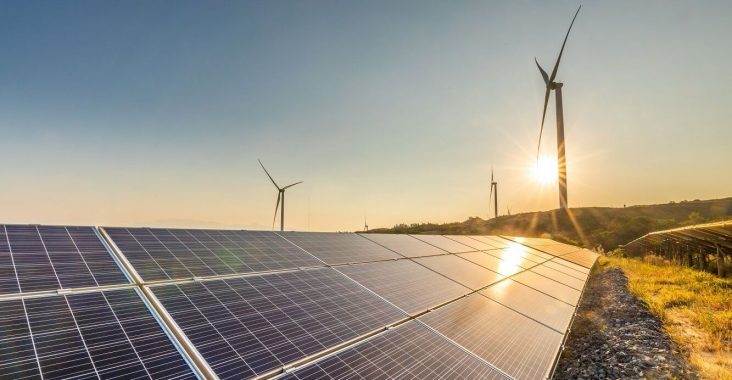EIA: winter heating costs to remain similar to last year
by October 8, 2024 5:28 pm 206 views

Most U.S. households, on average, will pay about the same to heat their homes this winter as they did last winter, according to the U.S. Energy Information Administration (EIA). However, Midwestern homes heated by natural gas will pay about 11% more on average for heat.
On Tuesday (Oct. 8), the EIA released its October Short-Term Energy Outlook, which shows that energy prices will be the same or slightly less than last winter. However, a colder winter is expected to lead to more energy consumption for heat. The result is that spending for many households will be about the same as last winter.
“There’s a lot of uncertainty about the weather over an entire season – not to mention uncertainty over commodity prices,” said EIA Administrator Joe DeCarolis.
The EIA attributed the higher projected heating costs for Midwestern homes to more normal weather forecasted for this winter from last winter, when the weather was milder. Comparing this winter to last winter, the average U.S. household can expect a 1% increase in fuel bills for homes heated by natural gas, a 5% decrease for homes heated by heating oil, a 2% increase for homes heated by electricity and a slight change in costs for homes heated by propane.
Following are other highlights from the Short-Term Energy Outlook.
• International benchmark Brent crude oil spot price is projected to rise to about $78 per barrel in 2025 from an average of about $76 per barrel in the fourth quarter of 2024. Both projections are lower than EIA’s September forecast. The forecasts were changed because the September spot price was lower than expected and because the EIA expects demand for petroleum products to be lower than previously projected. The impact of military action in the Middle East remains a source of uncertainty in the forecast.
• U.S. oil production is projected to be an average of 13.5 million barrels per day in 2025, a record high. The expected production level is lower than the 13.7 million barrels per day that was previously projected. The projection was changed because of the expectation of lower crude oil prices.
• U.S. electricity consumption is expected to rise by 2% this year from 2023 and by 2% in 2025 from 2024. Summer temperatures in 2024 were warmer than last summer, especially in the upper Midwest and Northeast, which helped to increase U.S. electricity demand this year. The industrial sector will lead increased electricity consumption through 2025, as planned battery and semiconductor chip manufacturing plants start operating. In the commercial sector, electricity demand from data centers in some regions will contribute to the projected higher electricity demand.
